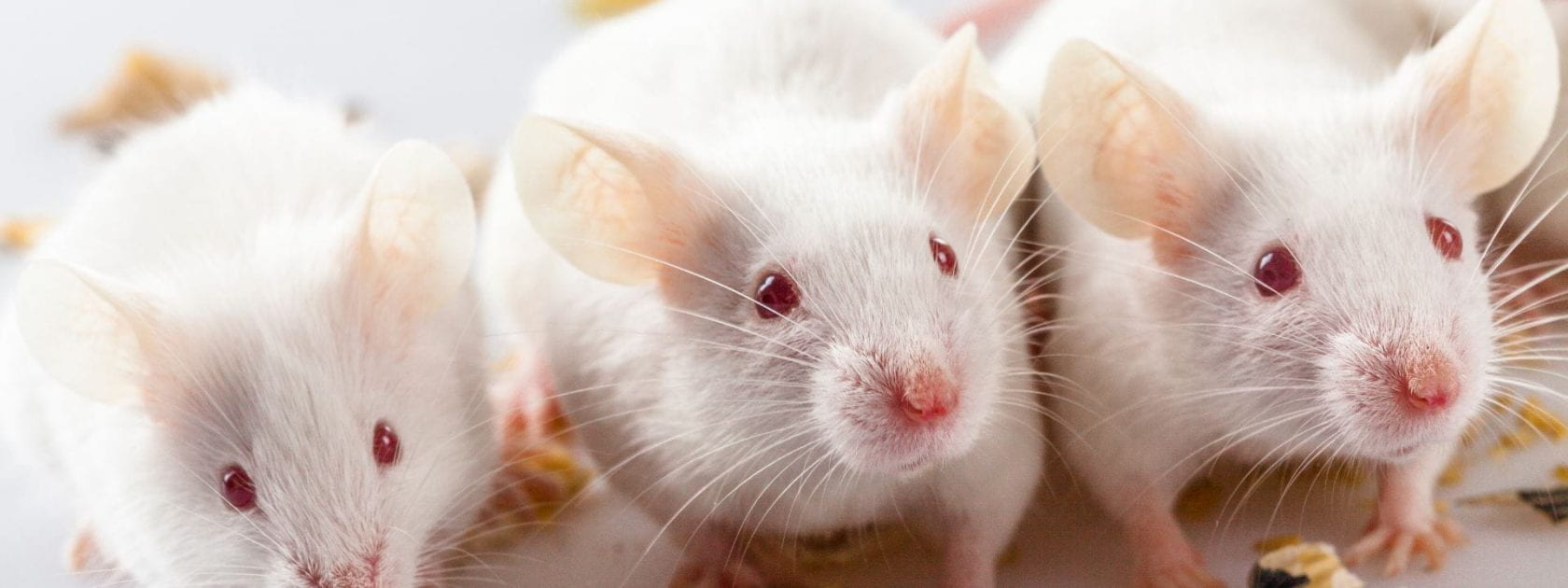By Anna Lea Nicklas
Severe feather pecking (SFP) behaviour in laying hens has been linked to genetic and environmental factors. When a hen pulls at the feathers of another, this can be painful and reduce welfare. Deficient central serotonin (5-HT) metabolism is associated with SFP while decreased dopamine (DA) metabolism can increase aggression. We hypothesized that dietary galacto-oligosaccharide (GOS) supplementation modulates central 5-HT and DA metabolism by increasing bacteria in the gut microbiota that produce aromatic amino acids acting as precursors for 5-HT and DA. We investigated this in hens of a high and a low feather pecking genotype (HFP; LFP). A total of 191 hens were housed in twelve groups comprised of both lines and were offered GOS (Nutrabiotic®,74% GOS w/w dry matter; Dairy Crest Ltd., Davidstow, Cornwall, United Kingdom) or plain water and either experienced social stress or remained undisturbed from 29 to 32 weeks of age. Then, brains were collected from five hens per treatment combination and microdissected into the hindbrain (HB), caudal mesencephalon (CM), rostral mesencephalon (RM), and diencephalon (DI). The concentration of 5-HT, DA, and their main metabolites were measured by liquid chromatography-mass spectrometry. The turnover rate was calculated from the ratio of the neurotransmitter to its metabolites. To analyze the effects of supplementation, stress, and genotype and the interactions between supplementation and genotype PROC GLIMMIX (SAS V9.4) was used. Notably, supplementation with GOS increased 5-HT (P < 0.05) and DA (P < 0.01) in the RM. The turnover of 5-HT was decreased in the HB (P < 0.05), DI (P < 0.05), CM (P < 0.05) and RM (P < 0.01) of HFP hens. While supplementation increased the static neurotransmitter concentrations in one brain area, genotype was linked to deficient 5-HT metabolism in several brain areas. On-going studies investigate if these findings are correlated with altered SFP behaviour.




